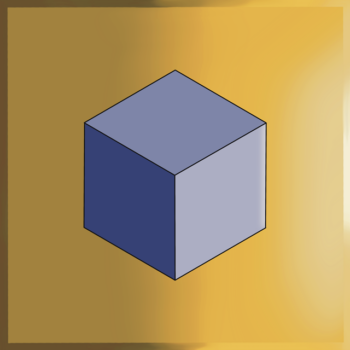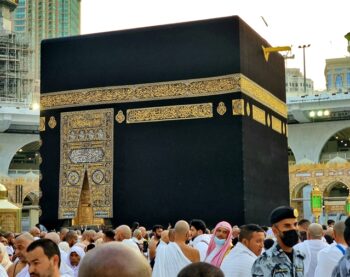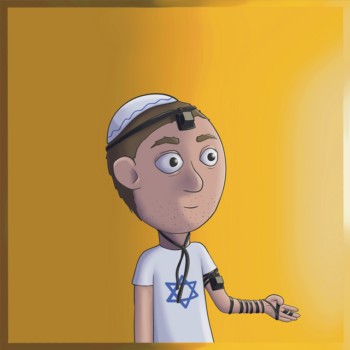Definition:
A black cube is a three-dimensional geometric shape with six equal square faces, uniformly colored black. A cube being black primarily serves as a symbol.
Etymology:
The word “cube” comes from the Latin “cubus,” which originates from the Greek “kybos” (κύβος), meaning a die or a cube-shaped object. The word “black” comes from the Old English “blæc,” meaning dark or without light. The combination of “black” and “cube” symbolizes a profound or hidden meaning beyond the simple geometric form.
Description:
There’s a private intelligence agency called “Black Cube” founded in 2010 by former Israeli intelligence officers Dan Zorella and Avi Yanus. The firm operates internationally, with offices in Tel Aviv, London, and Madrid, and employs veterans from Israeli intelligence agencies such as Aman, Mossad, and Shin Bet, as well as legal and financial experts. Black Cube specializes in providing intelligence, evidence, and advisory services in multi-jurisdictional legal and white-collar crime cases. Their clientele includes multinational corporations, high-net-worth individuals, and law firms. The firm’s services encompass litigation support, competitive intelligence, risk consulting, asset tracing, and cyber intelligence.
Symbolism:
The black cube is a symbol mostly representing imprisonment, limitation, and control. The cube itself, as a geometric shape, embodies restriction and confinement, while the color black is often linked to mysticism, hidden knowledge, the occult, and Satanism.
Common interpretations in Christianity & Gnosticism view the black cube as a symbol of the material world as a prison for the soul, similar to Plato’s cave allegory.
In Saturnian symbolism, the black cube is associated with time, cycles, and karma, as Saturn (Cronus in Greek mythology) is the god of time. Saturn’s north pole, known as “Saturn’s Black Cube,” features a hexagonal storm, a shape that mirrors the silhouette of an isometric cube, reinforcing this symbolic connection.
Linguistic theorists suggest that the name “Saturn” could be an etymological root of “Satan.” Saturn, as the god of time, harvest, and limitations, was depicted devouring his own children, symbolizing decay, destruction, and mortality. In Abrahamic traditions, Satan is associated with deception, opposition, and bondage—concepts that align with Saturn’s themes of restriction and suffering.
Saturn is traditionally linked to the color black, which is also frequently associated with Satan in religious and occult traditions. Some occultists interpret Saturn’s rings as symbolic of limitation and confinement, ideas closely tied to punishment and hell. This has led to the belief that Satan, as “Lord of the Rings,” is a ruler of restriction, control, and suffering.
The Kaaba is a cube-shaped structure in Mecca, Saudi Arabia, and the holiest site in Islam. It serves as the focal point of Muslim prayer (qibla) and the destination of the Hajj pilgrimage. Its black cube form symbolizes a prison of fantasy—an enclosure that traps the mind within constructed beliefs and narratives. This reflects what Islam does, confining perception within its religious framework and shaping a controlled reality that dictates thought and behavior.
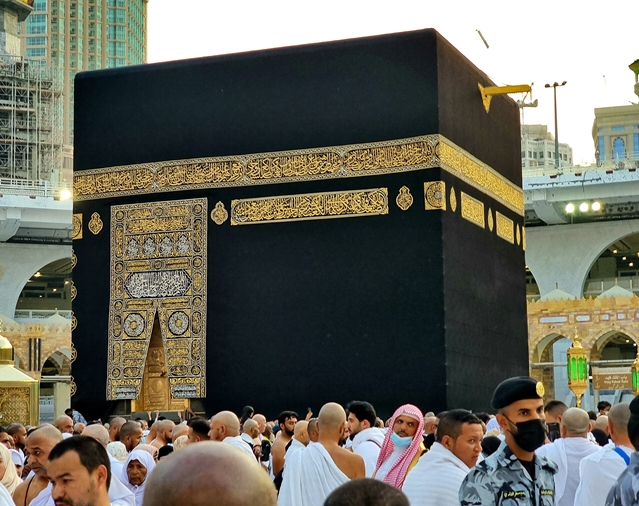
Tefillin are small black leather boxes containing Hebrew scriptures, worn by observant Jewish men during weekday morning prayers. One box is bound to the forehead, and the other to the arm, with leather straps wrapping around the arm and hand.
Tefillin physically bind the wearer, representing mental and physical submission to religious doctrine. The head tefillin sits over the third eye, symbolizing control over thought, while the arm tefillin, wrapped tightly, signifies control over action. This could be seen as a metaphor for being confined within a belief system that shapes one‘s perception of what exists, restricting alternative ways of thinking.
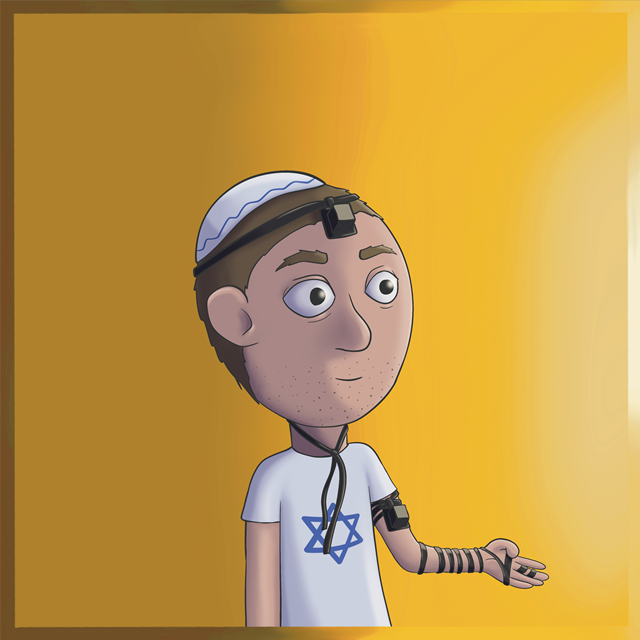
CRT televisions, the bulky black boxes that dominated living rooms in the 1990s, were mass-produced by the millions, becoming an inseparable fixture of modern households. With their curved glass screens and humming cathode-ray tubes, they were more than just entertainment devices—they were portals into carefully crafted narratives.
These televisions did not merely display moving images; they dictated perception, broadcasting a controlled vision of the world that millions absorbed without question. The very name “television” eerily echoes “tell-a-vision”—a phrase that, when broken down, suggests the act of telling a vision, or more cynically, telling a lie. Through a steady stream of propaganda, selective reporting, and scripted realities, the CRT screen became both a window and a cage, captivating its audience while subtly shaping their beliefs.
Encased in their heavy shells, these devices symbolized the weight of illusion—the idea that while viewers believed they were seeing the world, they were actually watching a version of it designed for them. A prison of fantasy, seamlessly woven into everyday life, where the bars were not iron but flickering images, and the key to escape was seldom sought.

In the music video “This Is How We Do,” Katy Perry appears with her hair shaped into a rigid black cube, topped with a smaller white cube. This geometric and unnatural design reinforces themes of artificiality and control, symbolizing imprisonment within a structured system. The black and white cubes mirror the symbolism of a chessboard, representing the duality of light and dark fantasies. The dominance of the black cube suggests that she is primarily controlled by dark fantasies, while the white cube serves as a subtle contrast, possibly hinting at an illusion of choice or balance.
Additionally, the song’s title, This Is How We Do, contains imprisonment symbolism through the word “do,” which implies repetitive, mechanical actions. In the lyrics, Perry glorifies behaviors that may seem fun and carefree but, in reality, lead to self-imprisonment. She promotes reckless spending and a luxurious lifestyle beyond one’s means, which ultimately results in financial debt and dependency. This cycle of indulgence and consequence mirrors how the entertainment industry encourages self-destructive habits while masking them as freedom, keeping individuals trapped in a system that benefits from their lack of self-control.
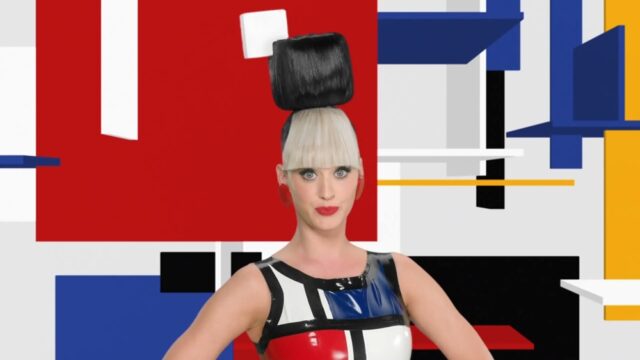
Time Magazine, known for its use of occult symbolism and spreading propaganda, once featured Carl Gustav Jung, the Swiss psychiatrist and psychoanalyst who founded analytical psychology, on the cover of its February 1955 edition, along with the headline: “Exploring the Soul: A Challenge to Freud.” Jung was positioned in profile on the cover, making only his right eye visible, emphasizing the fantasy behind psychiatry. The cover also featured a black cube, a fitting symbol of how psychiatry seeks to imprison one within a prison of fantasy. Additionally, an illustration of two intertwined figures (Adam and Eve) appears alongside serpentine patterns resembling the Caduceus or Kundalini energy, further reinforcing themes of duality, such as the material world versus the fantasy world. This cover was claimed to portray Jung’s psychological theories, which explored the collective unconscious, symbolism, myths, and transformation, distinguishing him from Freud’s more materialist approach.
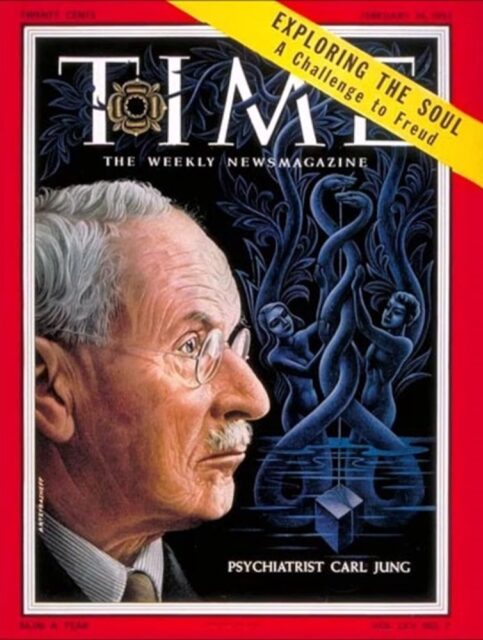
The TV series “Black Box” (2014) serves as a metaphor for imprisonment, particularly within the realm of the fantasy of the mind. The show follows Dr. Catherine Black, a neuroscientist who secretly struggles with bipolar disorder. This duality—her “genius” and her fictional illness—creates an internal prison where she oscillates between extreme highs and devastating lows, trapped within the unpredictable confines of her own mind.
One way Black Box symbolizes imprisonment is through its portrayal of Catherine’s manic episodes. During these moments, she experiences an almost fantastical sense of euphoria, boundless creativity, and heightened perception. However, these episodes, while appearing liberating, are also a form of entrapment—she loses control over herself, making impulsive and destructive decisions. The fantasy of her manic state is alluring, but it inevitably leads to consequences that reinforce the cycle of her imprisonment.
The title itself, Black Box, suggests an opaque, sealed space—one that holds mysteries, hidden truths, and an inability to escape. This can represent both the enigma of the human brain and the inescapable nature of Catherine’s condition. No matter how much she tries to suppress or hide her struggles, they remain locked inside her, dictating her experiences and actions.
Furthermore, the medical world Catherine navigates also becomes a form of imprisonment. She is bound by societal expectations, professional pressures, and the fear of stigma. The need to maintain a façade of normalcy forces her to live a double life, reinforcing the idea that she is trapped not only within her mind but also within the structures of society that dictate how mental illness should be perceived and managed.
The show visually reinforces this theme through confined spaces, such as psychiatric wards, apartments, and even the sterile environments of hospitals. These settings emphasize the limitations imposed on her, whether by external forces or her own psychological state.
Ultimately, Black Box portrays imprisonment as a complex interplay between reality and fantasy, where the mind itself becomes both a refuge and a cage. Catherine’s journey is one of trying to find freedom within this paradox, making the series a compelling exploration of the thin line between brilliance and self-destruction.
The poster for “Black Box” (2014) visually reinforces the theme of imprisonment within fantasy through its composition. Catherine Black, the central character, is framed inside a white, square-like outline, symbolizing an invisible yet restrictive boundary. Rather than suggesting movement and freedom, her dark teal dress—close to green—further emphasizes her entrapment, as green is often associated with imprisonment and control. The fabric clings to her rather than flowing freely, reinforcing the idea that she is confined within her own mind.
The positioning of the white outline is particularly significant. It intersects with the letter “O” in Black Box, which becomes a well-known symbol for Saturn, the planet linked to restriction, limitation, and cycles of control. This visual element subtly reinforces Catherine’s entrapment, suggesting that her mind, while filled with fantasy, remains a space of confinement.

The film “Black Box” (2020) explores the concept of a prison of fantasy through its psychological and sci-fi elements, centering on memory, identity, and the illusion of reality. The protagonist, Nolan, is a man struggling with amnesia after a car accident. In an attempt to regain his lost memories, he undergoes an experimental treatment using a device that allows him to enter reconstructed versions of his past. However, what initially seems like a path to recovery becomes a descent into an artificial reality—one that is both seductive and imprisoning.
The fantasy-like nature of Nolan’s experiences is evident in the dreamlike reconstructions of his memories. These sequences present an altered version of his past, one that feels real but is ultimately a distortion. The deeper he immerses himself, the more he becomes trapped in a fabricated world that reshapes his sense of self. The film blurs the line between reality and illusion, forcing Nolan—and the audience—to question what is actually happening and what is merely a projection of desire and manipulation.
A key element of his imprisonment is the presence of a mysterious, faceless figure that stalks him within these reconstructed memories. This entity symbolizes the hidden truths that his mind refuses to accept, acting as a force that threatens to shatter the fantasy he is caught in. As he continues his treatment, Nolan faces the terrifying realization that his mind is not his own—his memories have been tampered with, and his very identity has been rewritten.
The Black Box device itself serves as a literal prison, trapping Nolan within the confines of an artificial reality. Much like a prisoner who has come to accept his cell as the world, Nolan initially embraces the constructed memories, unaware that they are a deception. The film plays with the idea that living within a comforting fantasy can be more appealing than facing harsh truths, making his journey one of breaking free from psychological confinement.
Ultimately, Black Box (2020) presents the prison of fantasy as a space where identity is fluid, memories are malleable, and reality itself is subject to manipulation. Nolan’s struggle to reclaim his true self mirrors the broader human fear of losing control over one‘s own mind, reinforcing the film’s central theme: sometimes, the most dangerous prisons are the ones built within.
The movie poster for “Black Box” (2020) reinforces the symbolism of a prison of fantasy through its visual composition. The image makes it appear as if his head is trapped within his own head, with his real self peering out through a cracked opening. This symbolizes his entrapment within his own mind.
Additionally, the left side of his face is outside the frame, making only his right eye visible. Since one–eye symbolism is often linked to fantasy, this reinforces the idea that his perception is distorted. The cracks in his outer face further emphasize his struggle to break free from this false reality, visually capturing the theme of being trapped within a world of manipulated memories.

In the video game “Control” (2019), the “Black Rock Prism,” often referred to as the “Saturn Cube,” is a floating black cube found in the Black Rock Quarry. This material is essential for shielding the Federal Bureau of Control from the Hiss, a supernatural force that threatens to consume everything. Its dark, monolithic form ties into Saturnian symbolism, representing restriction, authority, and the illusion of control.
Beyond its role as a protective barrier, the cube also symbolizes a prison of fantasy, reinforcing the Bureau’s rigid structure and the illusion that control over the unknown is possible. Just as Black Rock contains supernatural forces, it also confines the people within the Bureau, shaping their reality and limiting what they perceive as possible. It becomes a paradox—while it protects, it also traps perception within a rigid framework, mirroring how institutions and belief systems can create an illusion of safety while actually restricting deeper understanding.
Cube-shaped buildings carry imprisonment symbolism because their rigid, enclosed structure mirrors the design of prisons and other confinement facilities. Their straight, unyielding walls and lack of curves or variation create a sense of restriction and inescapability. The uniformity and box-like shape emphasize containment, order, and control, reinforcing the idea of being trapped within a structured, confined space. Cube-shaped buildings are commonly found in black.
Trump Towers Istanbul is a pair of high-rise buildings located in the Şişli district of Istanbul, Turkey, completed in 2012. Developed under a licensing agreement with the Trump Organization, the towers bear the name of Donald Trump, the 45th and 47th president of the United States. One of the most striking features of the complex is the black cube positioned atop one of the towers, known as “The Cube.” This structure draws comparisons to the Illuminati pyramid, where both the eye at the top of the Illuminati pyramid and the black cube symbolize God, adding an element of mystery and deeper symbolic interpretation to the building’s design.
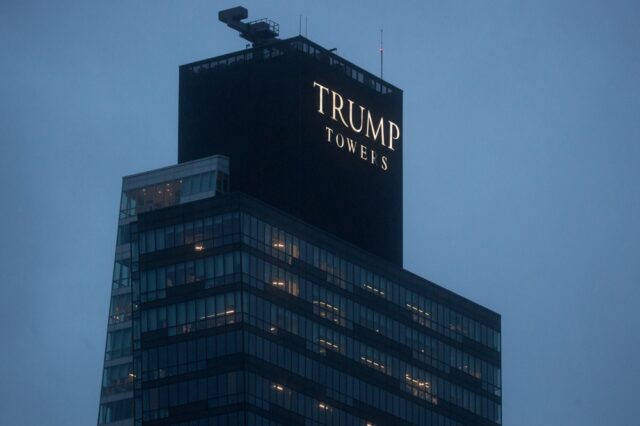
The Data Center in Covilhã, Portugal, is a prominent facility owned by Altice Portugal. Inaugurated on September 23, 2013, this center is one of the largest in Europe, encompassing approximately 75,500 square meters.
The data center’s main building is a perfect cube, each side measuring 55 meters, standing 33 meters tall.
A surrounding moat gives the illusion of the cube floating on water, contributing to a cooler microclimate.
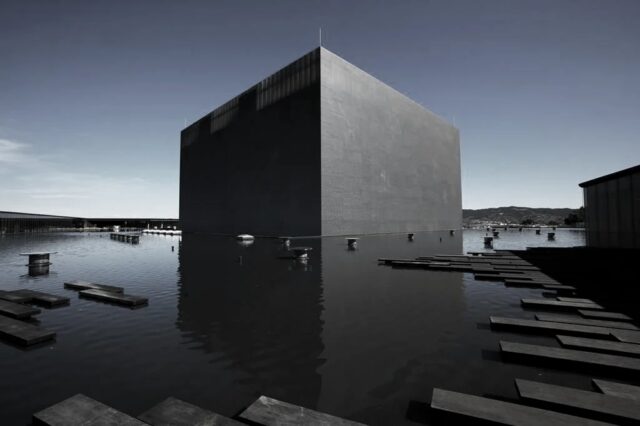
The National Security Agency (NSA) is headquartered at Fort Meade, Maryland, where its main operations building is often described as a “modern boxy structure” resembling a typical office building. This building is covered with one-way dark glass and lined with copper shielding to prevent espionage by containing signals and sounds. It encompasses approximately 3,000,000 square feet of floor space, equivalent to over 68 acres.
Additionally, the OPS2A building, the tallest within the NSA complex, is characterized as a “dark glass Rubik’s Cube.” This eleven-story structure houses much of the agency’s Operations Directorate, responsible for processing vast amounts of intercepted communications and deciphering complex cipher systems.
These architectural designs not only serve functional purposes but also symbolize the agency’s secretive and secure operations.
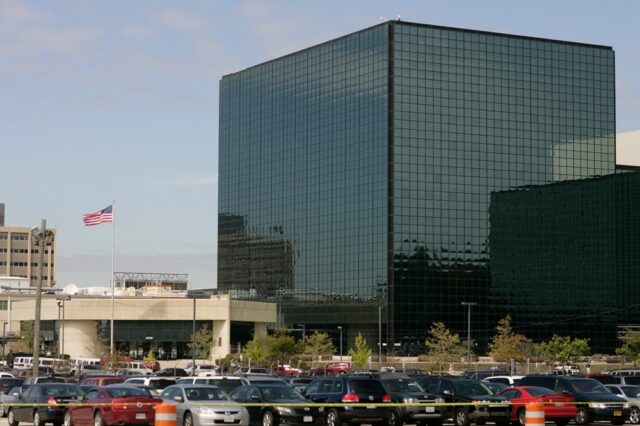
Black cube monuments carry imprisonment symbolism because their rigid, enclosed shape represents confinement and restriction. Unlike more open or flowing structures, their box-like form evokes a sense of entrapment and control. These monuments can symbolize physical imprisonment, societal oppression, or ideological constraints. Found all over the world, black cube-shaped monuments appear in various cultures and contexts, often serving as reminders of authority, power, and the limits imposed on individuals or groups.
The Satanic Temple commissioned a monument known as the Baphometic Bowl of Wisdom, intended to honor veterans. This 23-inch black steel cube features inverted pentagrams on each side and is topped with an upturned soldier’s helmet.
In 2017, the city of Belle Plaine, Minnesota, designated a portion of its Veterans Memorial Park as a “limited public forum” after controversy arose over a Christian-themed monument. This designation allowed various groups to install monuments, leading The Satanic Temple to propose their own. However, following public protests and debates, the city rescinded the forum status, effectively preventing the installation of the Satanic Temple’s monument.
Subsequently, The Satanic Temple filed a lawsuit against Belle Plaine, alleging violations of their First Amendment rights and breach of contract. In 2021, a federal judge ruled against the Temple, stating that the city had not breached any contract and that the Temple had not sufficiently demonstrated harm resulting from the city’s actions.
The Baphometic Bowl of Wisdom remains a significant example of The Satanic Temple’s efforts to challenge traditional religious norms and advocate for pluralism in public spaces.
The black cube, with its stark, unyielding form, stands as a symbol of the prison of fantasy that is war—a construct of ideology and illusion that entraps those who fight within it. Encased in its rigid geometry, the monument reflects the way war distorts reality, shaping soldiers into pawns of grand narratives that serve unseen powers. The upturned helmet atop the cube, meant for reflection, becomes a silent testament to the cycle of sacrifice, where human lives are offered to myths of glory and duty, while the actual beneficiaries remain veiled behind the machinery of conflict.
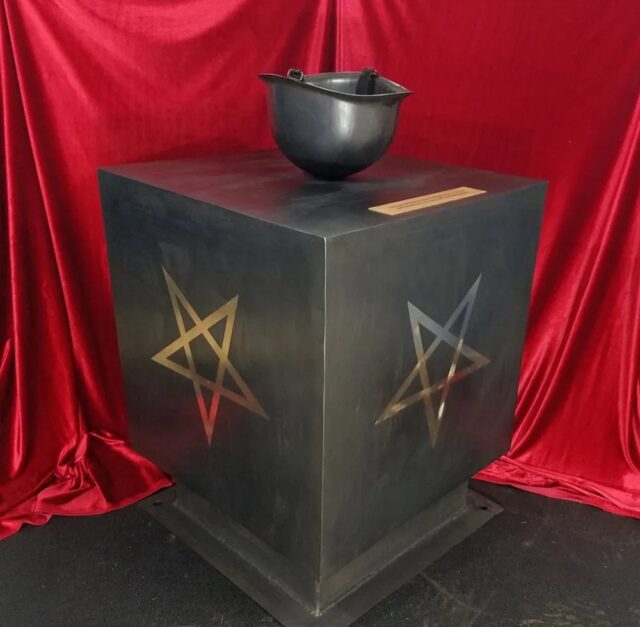
The Black Cube, known locally as “Terningen” (The Dice), is a prominent sculpture located in Svendborg, Denmark. Installed in 1983, this 7.5-meter-high (approximately 24.6 feet) structure weighs around 100 tons and is composed of 600 polished black granite tiles mounted on a concrete framework.
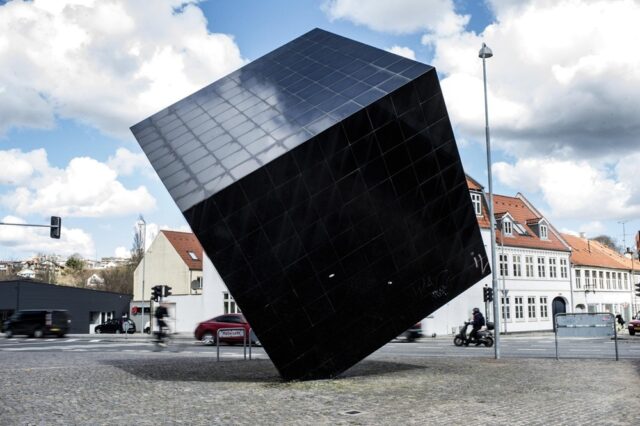
The Discovery Cube Orange County, commonly referred to as “The Cube,” is a prominent science museum located in Santa Ana, California. Established on December 17, 1998, the museum is renowned for its iconic ten-story solar-panel-covered cube, which has become a landmark visible from Interstate 5.
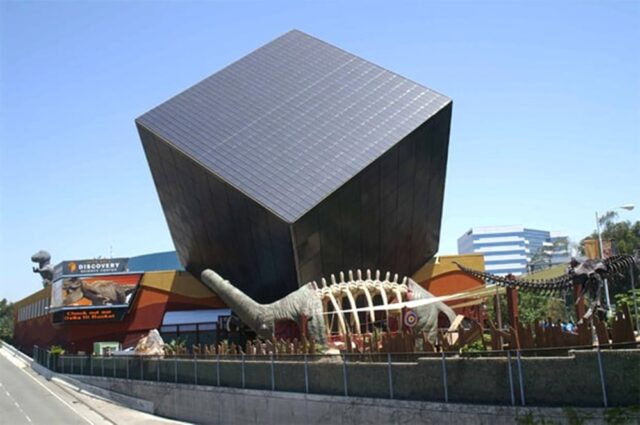
The Alamo, commonly known as the “Astor Place Cube,” is an iconic outdoor sculpture located in the East Village neighborhood of Manhattan, New York City. Created by artist Tony Rosenthal in 1967, this 15-foot-tall black Cor-Ten steel cube is mounted on one of its corners, allowing it to rotate on its vertical axis. Weighing approximately 800 kilograms, the sculpture’s surfaces feature various indentations and protrusions, adding to its geometric intrigue.
Originally installed as part of the “Sculpture and the Environment” program organized by the New York City Department of Cultural Affairs, the Alamo was intended to be a temporary installation. However, due to its popularity among local residents, it was granted a permanent place at Astor Place.
One of the unique features of the Alamo is its ability to spin on its axis. While it requires some effort, a person can rotate the cube, and it becomes easier with the help of others. This interactive aspect has contributed to its status as a cultural touchstone in the area.
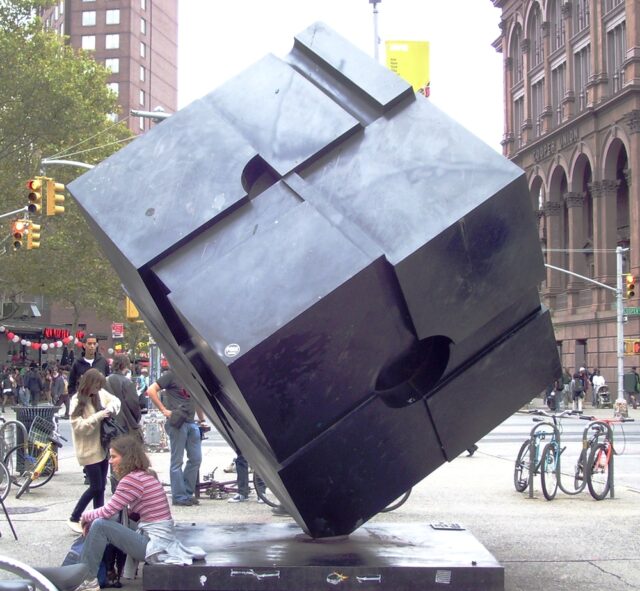
“Gregor Schneider’s Black Cube” is a large-scale art installation created by the German conceptual artist Gregor Schneider. It was first proposed in the early 2000s and is often associated with themes of mystery, oppression, and existential questioning. The structure is a massive, featureless black cube, drawing direct visual and symbolic parallels to the Kaaba in Mecca.
Gregor Schneider’s Black Cube was originally proposed for the 2005 Venice Biennale, where he intended to place it in Piazza San Marco, but the project was rejected due to political and religious sensitivities.
Instead, a version of the Black Cube was later installed in Hamburg, Germany, outside the Hamburger Kunsthalle in 2007. However, this was a temporary installation, meaning it was not a permanent fixture. Given Schneider’s conceptual approach to art, his projects often exist as temporary installations or proposals rather than fixed structures.
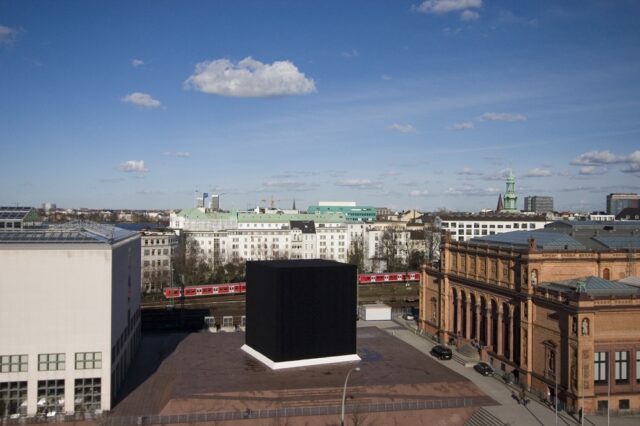
The Adelaide Botanic Garden in South Australia features a distinctive black cube water sculpture, serving as both an art piece and a functional water feature. This sculpture is a black cube positioned within a shallow pool, with water flowing over its surfaces, creating a reflective and tranquil effect.
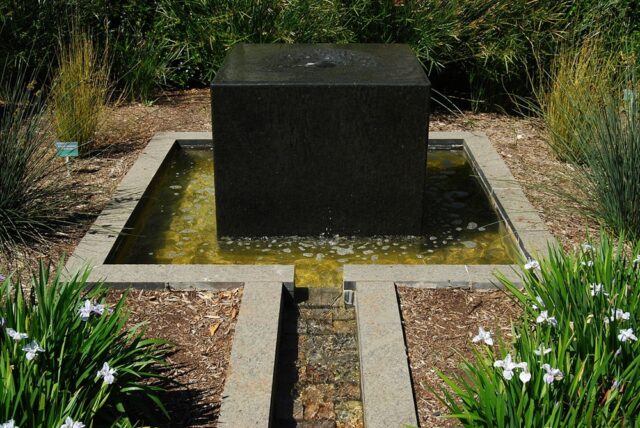
The 9/11 Memorial in New York City features two massive black square pools, each occupying the footprint of the Twin Towers that once stood there. These pools, known as the “Reflecting Absence” memorial, are composed of cascading waterfalls that descend into dark voids at their centers. The official narrative issued by the U.S. government describes the events of September 11, 2001, as a terrorist attack carried out by Islamist extremists, allegedly aiming to advance the implementation of Islam through violent means. However, in an ironic or perhaps symbolic twist, the memorial itself now incorporates a strikingly Islamic visual motif.
The design of the memorial bears an undeniable resemblance to the Kaaba, the sacred black cube at the center of Islam’s holiest site in Mecca. By placing two black squares in the exact locations where the towers once stood, the final imprint left after the attack is one of Islamic symbolism. Whether intentional or not, this design choice appears to contradict the original premise of the war on terror—an effort framed as a battle against the spread of Islamist ideology. Instead, it embeds an unmistakable Islamic architectural reference at the heart of Ground Zero, leaving a lasting message: after the destruction of the towers, what remains is a representation of Islam.

The Bikernieki Memorial is a Holocaust memorial site located in the Bikernieki Forest, near Riga, Latvia. It commemorates the thousands of victims—primarily Jews, political prisoners, and other persecuted groups—who were executed there by the Nazi German occupation forces during World War II. This memorial features a black granite cube as a symbolic altar.
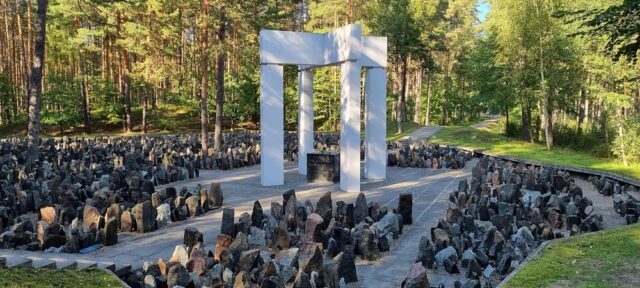
Articles:
Cube
Definition: A “cube” is a three-dimensional geometric figure with six equal square faces, twelve edges, and eight vertices. In mathematics, it is a special type of rectangular prism where all…
Kaaba
Definition: The Kaaba is a cube-shaped building located in the center of the Masjid al-Haram in Mecca, Saudi Arabia. It is the most sacred site in Islam and serves as…
Seal of Solomon
Definition: The “Seal of Solomon,” also known as the “Ring of Solomon,” is a symbolic emblem attributed to King Solomon, a wise and powerful monarch in Jewish, Christian, and Islamic…
Star of David
Definition: The “Star of David,” also known as the Magen David (Shield of David), is a hexagram or six-pointed star formed by two interlocking triangles. It is a prominent symbol…
Tefillin
Definition: Tefillin are small black leather boxes containing Hebrew scriptures, worn by observant Jewish men during weekday morning prayers. One box is bound to the forehead, and the other to…
Religion:
Mainstream religious texts do not make a direct statement of a black cube. However, esoteric, mystical, and occult traditions have made these connections over time, drawing from mythology, numerology, and symbolism rather than direct religious scripture.

